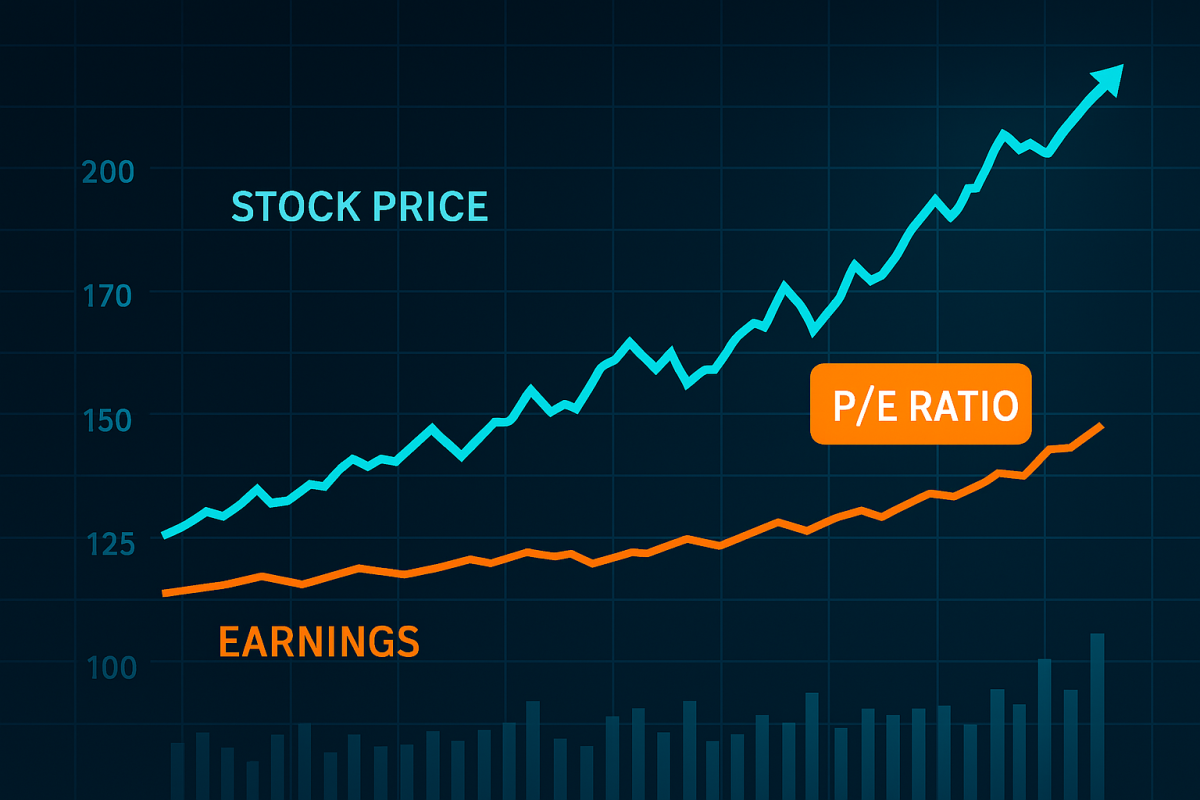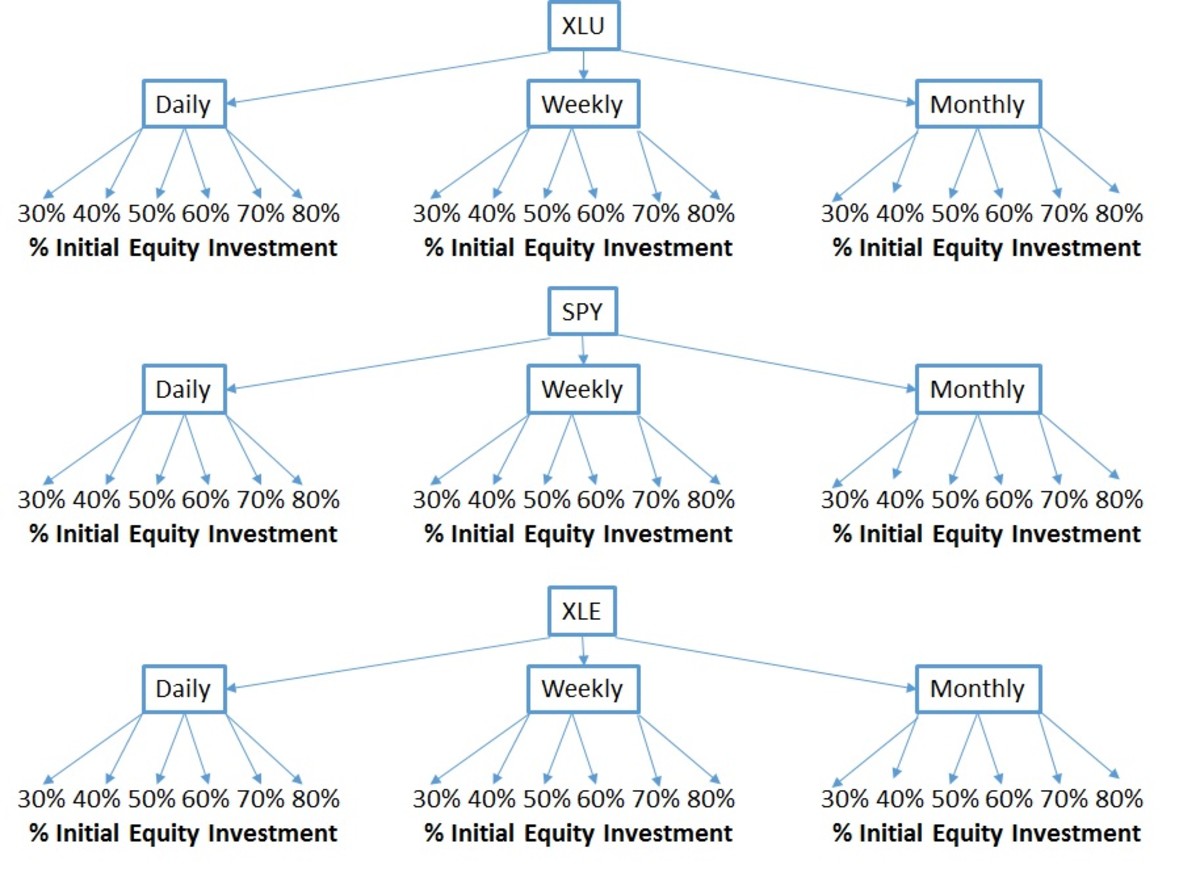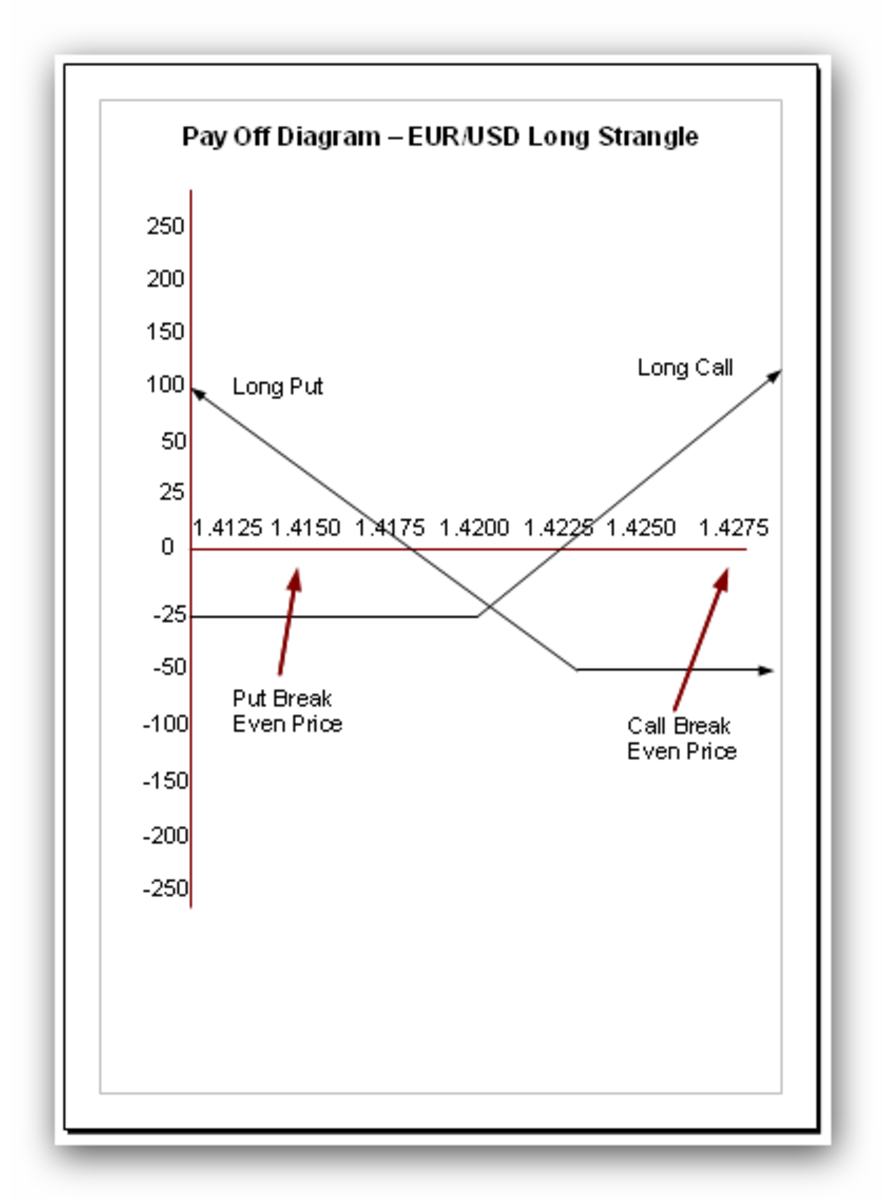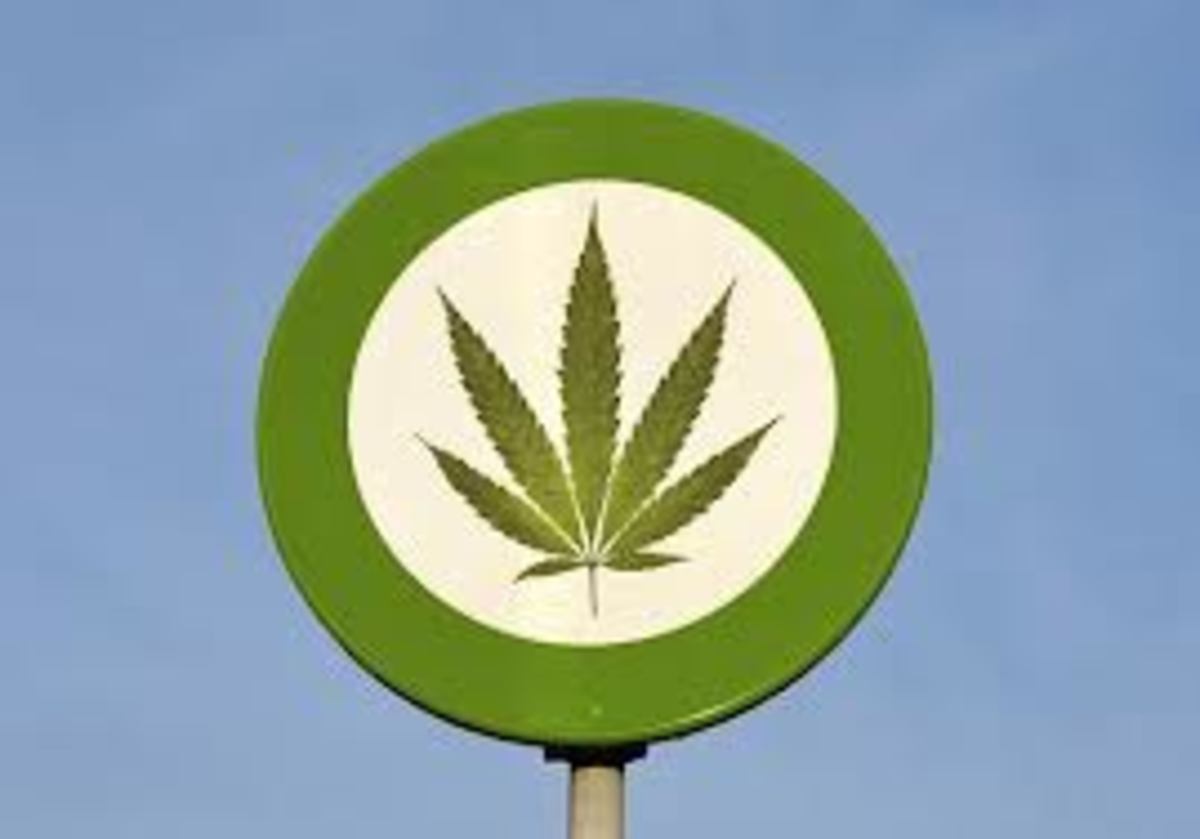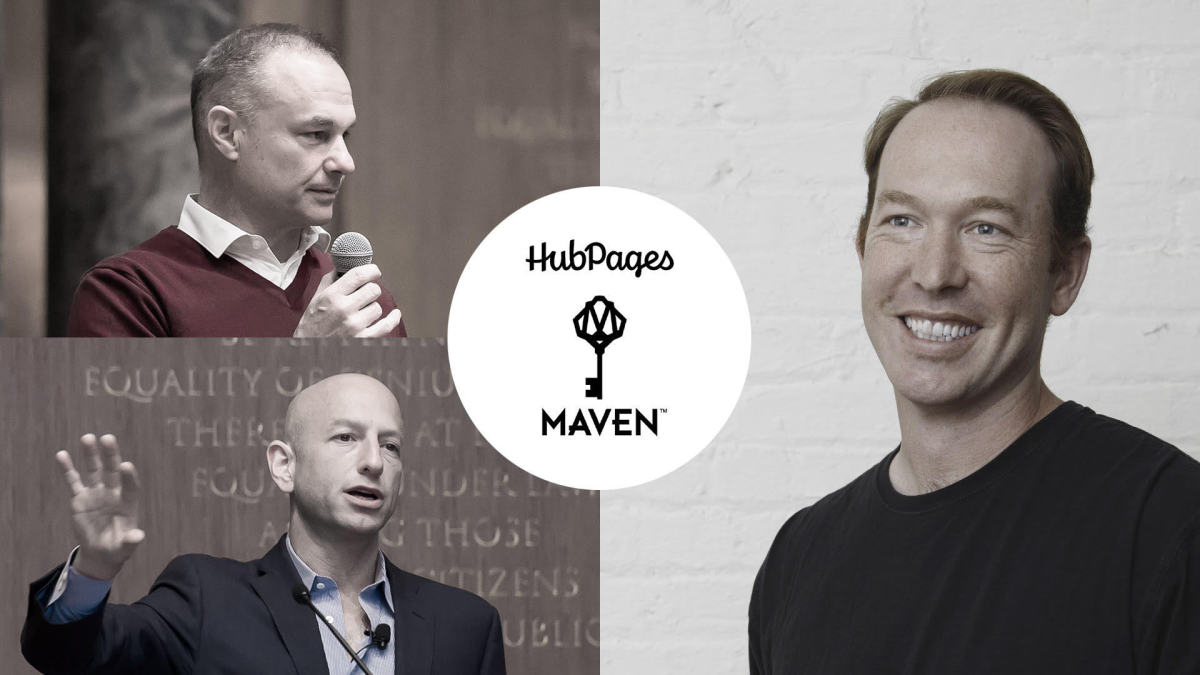100% Return on Investment
100% Return on Investment
Practically every investor on the planet would love to know the secret of how to get a 100% return on investment. My response to this thought is that you have to first make sure that you understand what gaining 100% on your investment even means, and then you have to determine if you’re using the right investment vehicle to generate that type of return. One thing is for certain, you cannot get blood from a turnip, and by the same token, you cannot expect for just any old investment to give you a 100% return. In some areas of investing, this type of return is actually commonplace, while in other areas of investing, it is literally unheard of. For anyone who may not be fully familiar with what a one-hundred percent return on investment (ROI) means, it basically means that whatever amount of money you put into something as an investment, you get twice that amount back. In other words, for ease of example, if I invested $5,000 into the stock market and received twice that back ($10,000), I have just made a 100% return on my investment. So, basically, a 100 percent return on your investment can be calculated by simply multiplying your initial investment capital by two, or by doubling your starting capital, either way ends you up in the same place—twice as much as you started with.

Tell Us Your Experience
Have you ever made 100% (or more) on an investment?
100 Percent Return on Investment
So what are some ways or some areas in which you could reasonably expect a 100% return on investment? The first one that comes to mind for me is the microcap stock market, otherwise known as the penny stock market. These are basically stocks that sell for under $5.00 a share (although that’s been debated by some as being lower than $5.00), or companies that have a total market capitalization of less than $100 million. For instance, if you have a stock that is trading at $2.00 a share, you may invest $1,000 into that stock, which would buy you 500 shares. If that stock jumps to $4.00 a share, that means that those same 500 shares you bought are now worth $4.00 apiece, making your total investment now worth $2,000, which is exactly twice what you initially invested. In this case, you have just made a 100% return on investment. It’s relatively easy to do this with a stock that only trades for $1.00 or $2.00 per share, but don’t try it with a stock that trades at $500 per share—you would have to see a gargantuan move up in price to $1,000 per share to double your money, and that just isn’t likely to happen. It would also be difficult to see a 100% return on a real estate investment if you bought the property under “normal” conditions—in other words, it’s not a foreclosure, or tax sale property, or any other type of thing where you’re buying the property for pennies on the dollar. It would not be reasonable to expect a house that you bought for $500,000 to increase in value to $1,000,000 unless you were in some type of extreme seller’s market situation. So, a 100 percent return on real estate is not as likely as in the equities market or even the commodities market. High leverage is the key to seeing 100 percent returns on investment, but the tradeoff is that there is much more risk involved. But hey, nothing ventured, nothing gained.
- Trading Gasoline Futures
- Trading Silver Futures
- Trading Gold Futures
- Stock Trading by Chart Patterns
- How to Short a Stock
- Call Options Explained in Plain English
- Kids Debit Card
- Debit Cards for Minors
- Covered Puts
- Going Long on a Stock
- Hello Kitty Debit Card
- Trading Natural Gas Futures
- Trading Coffee Futures
- Trading Sugar Futures
- Trading Wheat Futures





